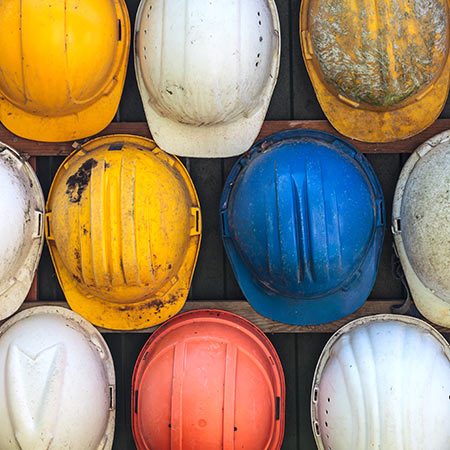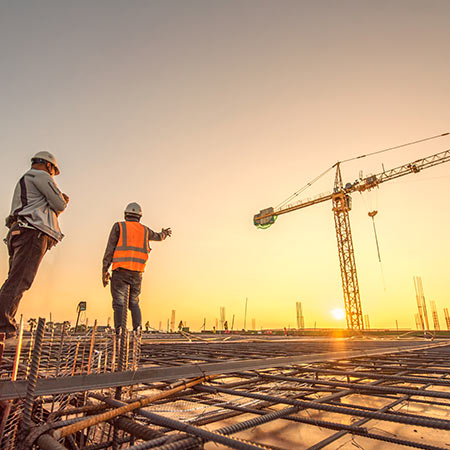Back to the Basics: A Review of On-site Safety
By Matt Lee, Innovative Building Materials
While it is easy to become complacent in environments we routinely find ourselves, it is important to remember that construction sites are one of the most dangerous places a person can work. This danger is often attributed to the operation of heavy machinery and a constant array of moving parts. Each year, a variety of injuries occur on construction sites that are caused by more than heavy machinery. The most common injuries are caused by electrical shocks, various collisions, and tripping hazards. Surprisingly, every year the latter of these causes the most injuries per year on construction sites.
Bearing this in mind, construction sites can seem like a daunting place to maintain safety for workers. However, a review of basic on-site safety practices will help ensure a safe work environment every day on the construction site.
Wearing Protective Gear
There are several pieces of personal protective equipment (PPE) that every individual working on a construction site should wear and be aware of. Hard hats and non-slip, steel-toed boots are the most important pieces of protective gear individuals on a construction site should wear. Hard hats protect construction workers from falling debris and collisions with obstacles. In coordination, a pair of non-slip, steel-toed boots will protect construction workers from a variety of site hazards, such as heavy machinery operation, falling debris, slips, and falls.
Other common pieces of PPE for the construction site include gloves, goggles, knee pads, and safety vests. These pieces of equipment will not only protect the construction worker wearing the equipment but also other workers on the site. A properly equipped construction site will also have a fire suppression system installed or accessible nearby.
Keeping the Construction Site Clean
One of the easiest but commonly overlooked ways to ensure safety on a construction site is keeping the construction site clean and organized. Proper organization on a construction site will involve having a designated system for where machinery, tools, and supplies that should be stored. It may also be pertinent to make sure handrails, such as ada grab bars, have been installed on-site to improve worker safety and are clearly designated and accessible. Designated walkways on the construction site should also be vigilantly cleared of debris to ensure the safe passage of workers carrying supplies or operating machinery.
Operating Heavy Machinery
The operation of heavy machinery on a construction site requires the use of additional PPE: gloves, safety glasses, and protective ear-wear or plugs are necessary to protect the worker from incidents and long-term damage. In addition to PPE, workers should also frequently check machinery and power tools for defects and outdated parts.
Become an On-site Expert
Becoming an onsite construction expert is harder said than done. Are you comfortable with all the procedures being carried out on the site? Do you know how to operate every piece of machinery on-site? Are you comfortable with rare procedures like tilt wall construction?
Understanding all the ins and outs of the machinery and procedures being utilized on-site will allow workers to carry out their functions safely and efficiently. An on-site expert will be able to (and should be prepared to) step in if they see something going wrong. This intervention protects everyone on the site from injury or even death.
Ensure Site Safety by Following These Tips
The best ways to prevent accidents on a construction site are to wear protective gear, keep the construction site clean and organized, follow proper regulations for operating heavy machinery, and become an on-site expert. However, it is always important for workers to understand injuries can still occur even on the safest of construction sites. Every construction site should have a designated safety plan to prevent and deal with injuries when they occur.
Matt Lee is the owner of the Innovative Building Materials blog and a content writer for the building materials industry. He is focused on helping fellow homeowners, contractors, and architects discover materials and methods of construction that save money, improve energy efficiency, and increase pro




